I’ve just returned from a few days in Andalucia. Seville, Cordoba and Granada were on the itinerary, as well as Jerez de la Frontera.
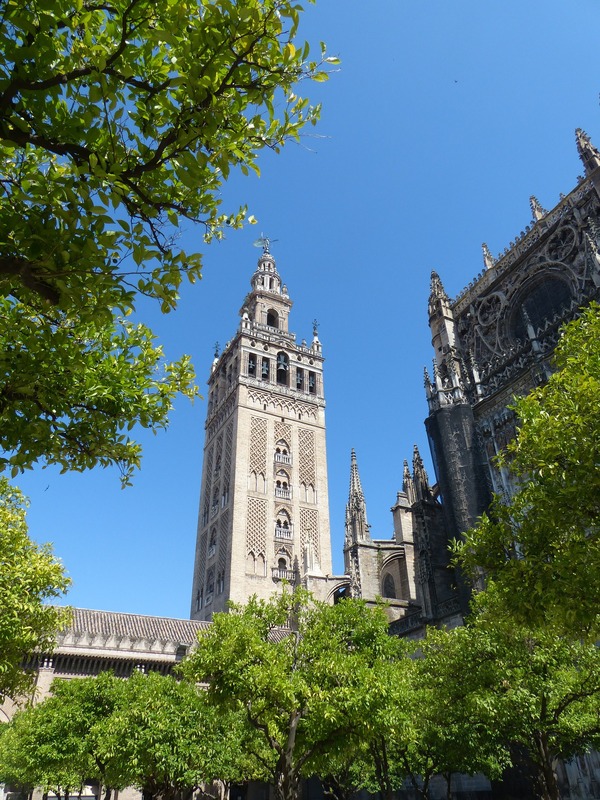 Thinking of Jerez merely as the town that gave its name to sherry, most people ignore the “de la Frontera” bit. They shouldn’t, because it is a reminder that for centuries Andalucia was the frontier between the Christian and Moslem faiths. The high water mark of the Moorish inundation of southern Europe.
Thinking of Jerez merely as the town that gave its name to sherry, most people ignore the “de la Frontera” bit. They shouldn’t, because it is a reminder that for centuries Andalucia was the frontier between the Christian and Moslem faiths. The high water mark of the Moorish inundation of southern Europe.
The impressive Alhambra in Granada, the overwhelming Great Mosque in Cordoba, within which a Christian cathedral was later built, and many other buildings are evidence enough of past glories. Several place names reflect Andalucia’s Moorish heritage. As do aspects of flamenco dancing.
(When my very young daughters, on their first visit to Spain were taken to a performance, they were disappointed because they expected to see flamingo dancing. Daddy had to explain that long-legged birds covered in pink feathers may feature in certain dance entertainments, but not that evening.)
The flamenco you see in resorts along the Costas is a travesty of the real thing. In Seville we went to a superb performance at El Palacio Andaluz. Though tourists made up the bulk of the audience, there were no concessions on our behalf and we were treated to as fine a display as I have seen in all my many trips to Spain.
The itinerary meant we could not stay in one hotel for the duration, but the holiday company had chosen well. The three-star don Paco in Seville is one I would happily re-visit, and the three-star Guadalupe in Granada is located within walking distance of the Alhambra.
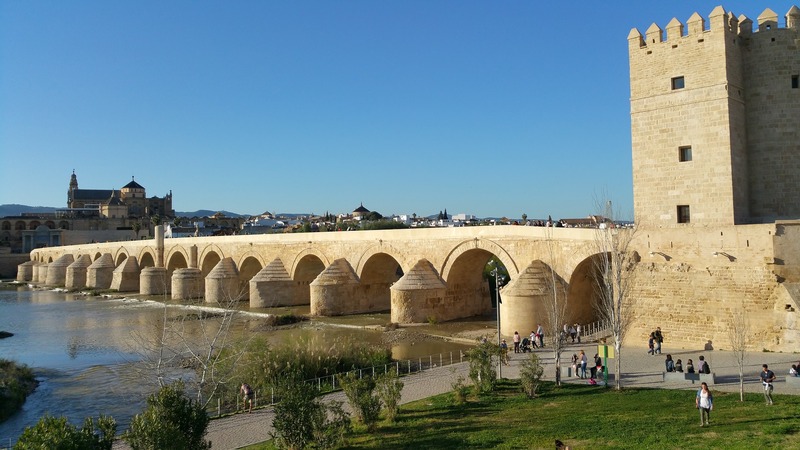 I was not always so lucky as far as Spanish hotels are concerned. Long years ago, in Galicia, we were booked into a four-star property called la Vergen in a place named Cuntis. We should have been suspicious that a hotel of its quality had seven rooms vacant at the height of the season, but when we arrived we immediately discovered why.
I was not always so lucky as far as Spanish hotels are concerned. Long years ago, in Galicia, we were booked into a four-star property called la Vergen in a place named Cuntis. We should have been suspicious that a hotel of its quality had seven rooms vacant at the height of the season, but when we arrived we immediately discovered why.
It was a spa hotel, built over a natural thermal spring, and a smell like rotten eggs was strong, all-pervading and constant. It was full of elderly people who spent all day wrapped in huge towelling robes as they underwent their treatments for various skin conditions. We were told it had a special deal with the Catholic church, which explained the scrofulous priests and gnarled nuns who appeared in the dining room each evening, having exchanged the hotel’s robes for their usual garb.
The cameraman and I went to investigate the treatment rooms in the basement of the hotel – which was built like some ancient, crenellated, fortress – and found white-tiled chambers with hoses and other paraphernalia. Large brass pipes fitted with levers and wheels brought to mind the controls of Captain Nemo‘s Nautilus. Here, the hapless priests and nuns, and others, would be sprayed and dipped and dunked into the healing – and smelly – waters.
Thank goodness the folk at Travelsphere provided us with far better accommodation on our trip. And a really top-class guide who, though Sheffield bred, spoke Spanish like a native (which is just as well, as she is married to one) and worked tirelessly to smooth out any potentially rough bits.
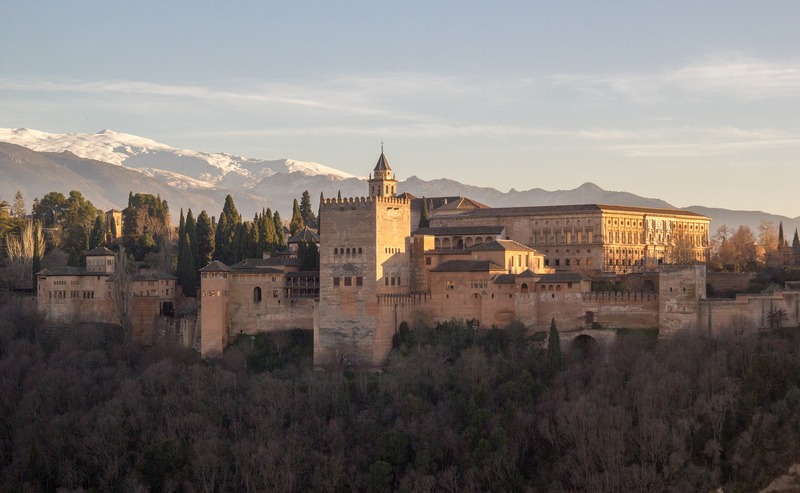 What I particularly liked about this holiday was the freedom to go our own way at lunch and dinner times. To find our own snack bars and restaurants, whether for tapas or a more substantial meal – though tapas are deceptive, because you can nibble away at the little portions without realising how much you are consuming.
What I particularly liked about this holiday was the freedom to go our own way at lunch and dinner times. To find our own snack bars and restaurants, whether for tapas or a more substantial meal – though tapas are deceptive, because you can nibble away at the little portions without realising how much you are consuming.
I also like the fact that, whereas coffee chains in the U.K. confuse us with too much choice, Spanish restaurants and bars keep it simple. You want black coffee? You ask for an Americano. You want white? Café con leche. And that’s that.
During our trip we went, also, to Ronda. I almost forgot to mention Ronda, which claims to have the oldest bullring in Spain. It’s certainly very impressive. Orson Welles wanted to have his ashes scattered there. But they weren’t.
Opposite its main entrance is a smart restaurant whose walls are decorated with bullfight posters. I went into a similar place on an earlier trip and remarked on the bulls’ heads mounted on its walls.
“That is the bull which killed my father,” said the barman, pointing to a head above the bar.
“Your father was a bullfighter?”, I asked.
“Yes,” he replied. “And that (indicating another head) is the bull that killed my brother.”
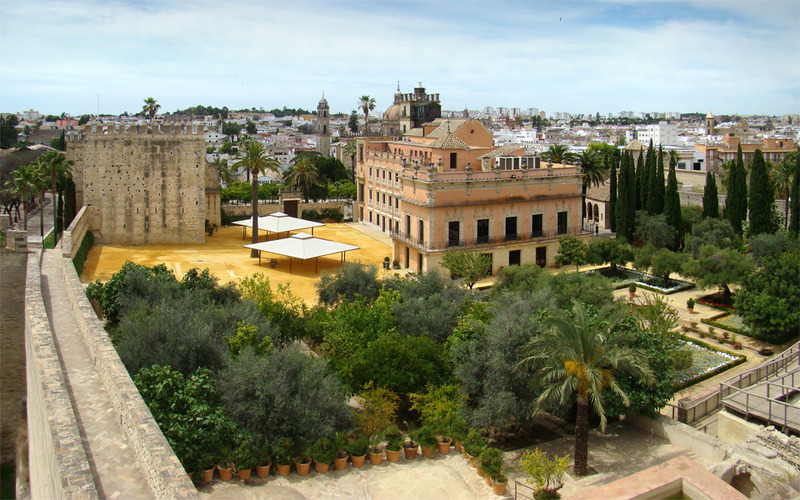 I looked at the second head. “Your brother, too, was a bullfighter?”
I looked at the second head. “Your brother, too, was a bullfighter?”
He nodded, then pointed to a third head. “And that one killed my cousin.”
The third head was that of a great black beast. I was impressed by it. “Your cousin was also a bullfighter?”
“No. He was a postman.”
I could not contain my surprise. “How on earth was he killed by that bull, then?” I demanded. “He was playing cards at the table by the wall, and it fell on top of him.”
You don’t have to believe that if you don’t want to. But do believe that I had a superb time in Andalucia in the company of pleasant people, one of whom is very special. I may return to memories of our Travelsphere trip some time in the future.
They are unlikely to fade.
Silver Travel Advisor recommends Travelsphere.

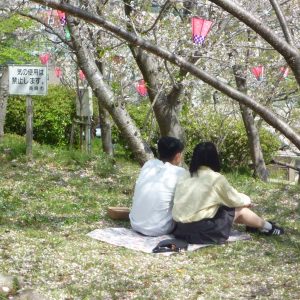
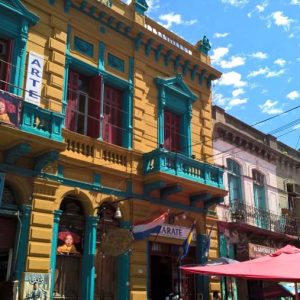
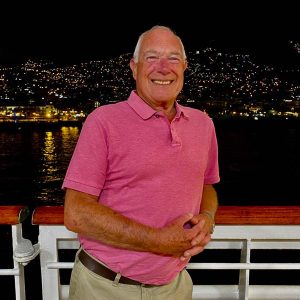








One Response
The Alhambra is still on my list but a trip to Seville and Cordoba has been one of my holiday highlights.
They were certainly a well kept secret though that is changing now – the mix of architectural styles is fascinating.